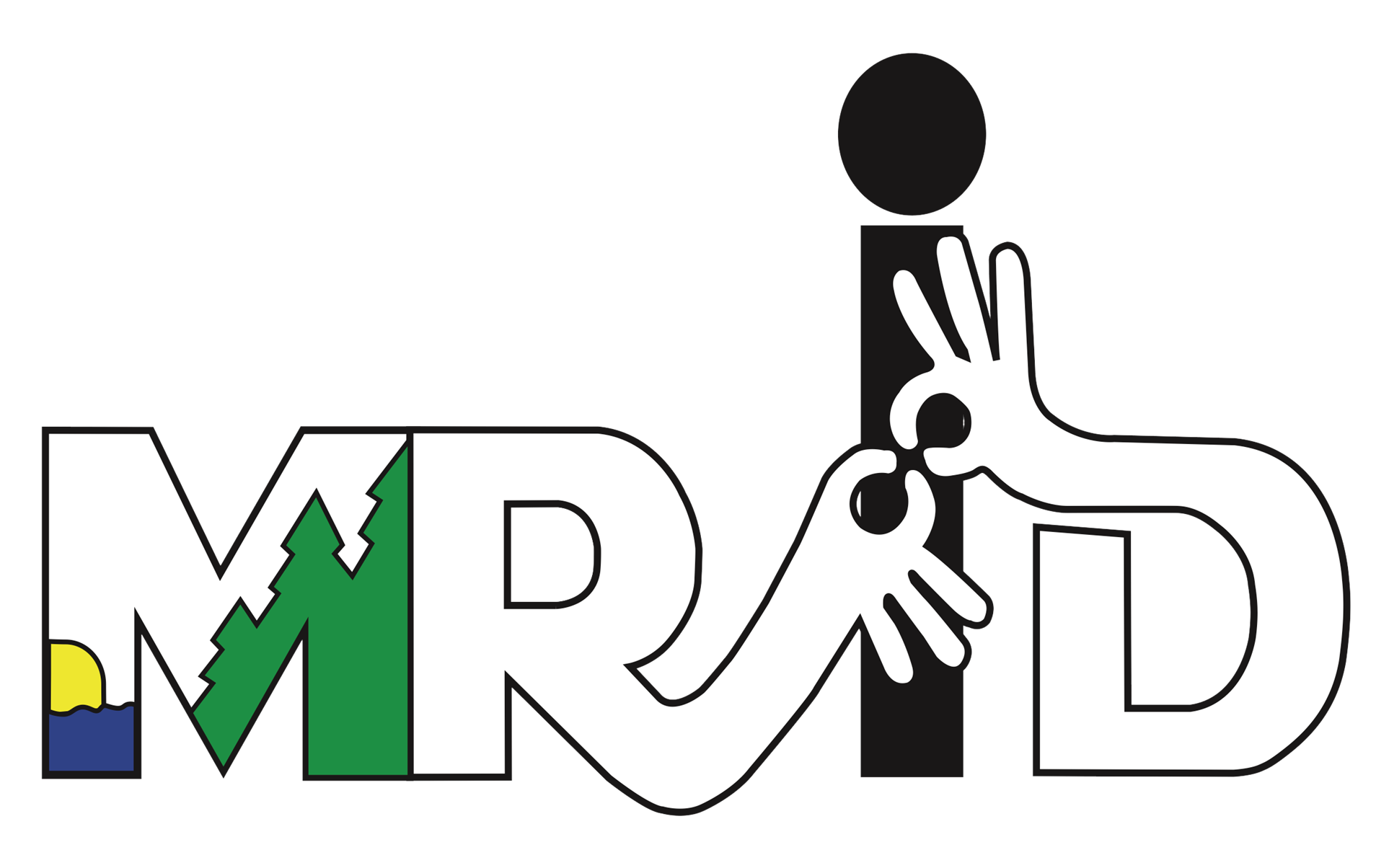Resources
What is ASL and Interpreting?
What is American Sign Language? - National Association of the DeafAmerican Sign Language (ASL) is a visual language. With signing, the brain processes linguistic information through the eyes. The shape, placement, and movement of the hands, as well as facial expressions and body movements, all play important parts in conveying information. Sign language is not a universal language — each country has its own sign language, and regions have dialects, much like the many languages spoken all over the world. Like any spoken language, ASL is a language with its own unique rules of grammar and syntax. Like all languages, ASL is a living language that grows and changes over time. ASL is used predominantly in the United States and in many parts of Canada. ASL is accepted by many high schools, colleges, and universities in fulfillment of modern and “foreign” language academic degree requirements across the United States. |
Americans with Disabilities Act (ADA)TITLE II and III of the Americans with Disabilities Act (ADA) makes it illegal for any state/local government, business/non-profit, building, or any other place open to the public to discriminate against people with disabilities. Such places are called “public accommodations” and include restaurants, hotels, theaters, doctors' offices, schools, colleges, court, police station, pharmacies, retail stores, museums, libraries, parks, and day care centers. In order to provide equal access, a public accommodation must provide auxiliary aids and services for people who are deaf or hard of hearing when needed. Although a sign language interpreter (or another auxiliary aid/service used) is an extra expense, the business cannot add the cost of the interpreter/aid on the Deaf, DeafBlind, or Hard of Hearing Individual.
|
What do Sign Language Interpreters do? - National Deaf CenterThe role of the interpreter appears to be very straightforward—to effectively facilitate communication between deaf individuals and those who are hearing. However, the complexities of the task, the varieties or types of visual interpreting, and the enormous range of qualifications brought by the interpreter make it anything but simple. Interpreting requires a high level of fluency in two or more languages, keen ability to focus on what is being said, broad-based world knowledge, and professional, ethical conduct. Interpreters cannot interpret what they do not understand. Interpreters serve all parties in the communication exchange. Although we often think of the deaf person as the requester of interpreter services, the reality is that all parties have an equal and mutual need for the interpreter. |
What is a Deaf Interpreter? - National Deaf Center
The use of deaf interpreters becomes more prevalent every day as institutions and the private sector strive to meet the letter and spirit of the Americans with Disabilities Act as it pertains to “effective communication.” Deaf interpreters engage in the same tasks as hearing interpreters and most often work as part of a deaf/hearing team. They are trained specialists with a keen understanding of the complexities of the communication exchange. Deaf interpreters should be considered alongside, if not before, hearing interpreters. They are often employed in high-risk situations, such as in the legal and healthcare fields. They are also often used in situations where the hearing interpreter does not possess adequate interpreting skills to meet the specific communication needs of the individual. This often occurs when the deaf individual uses a signed language that is not ASL, or has little or no proficiency in any language. Deaf interpreters are also used when the deaf interpreter possesses greater understanding of the complexities of the vocabulary or content to be conveyed in English and/or ASL than the hearing interpreter. Although formal studies have not been conducted, anecdotal evidence suggests that because of the overall efficacy and efficiency of deaf/hearing interpreting teams, the expenses associated with hiring such a team are lower in the long term than the costs resulting from miscommunication and misunderstandings. Always consider the use of a deaf interpreter whenever possible.
Do I Need to Provide an Interpreter?Americans with Disabilities Act: https://www.ada.gov/effective-comm.htm Do I Need to Hire an Interpreter?https://www.nationaldeafcenter.org/sites/default/files/HiringInterpreters-WEB.pdf |
